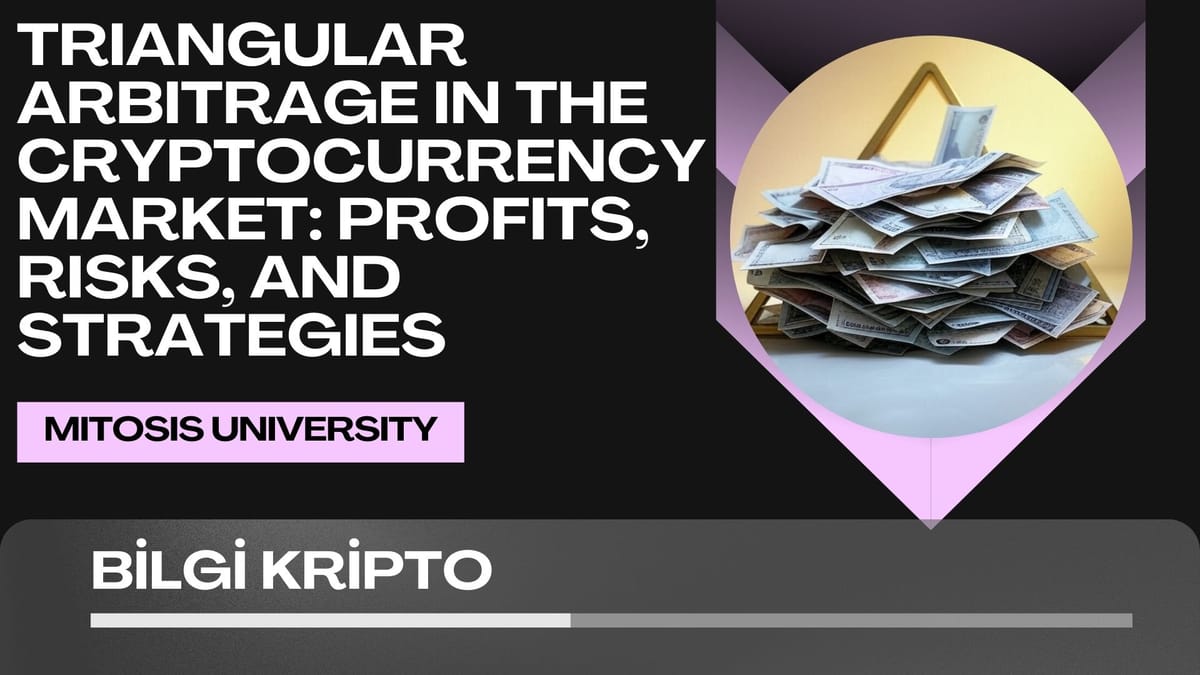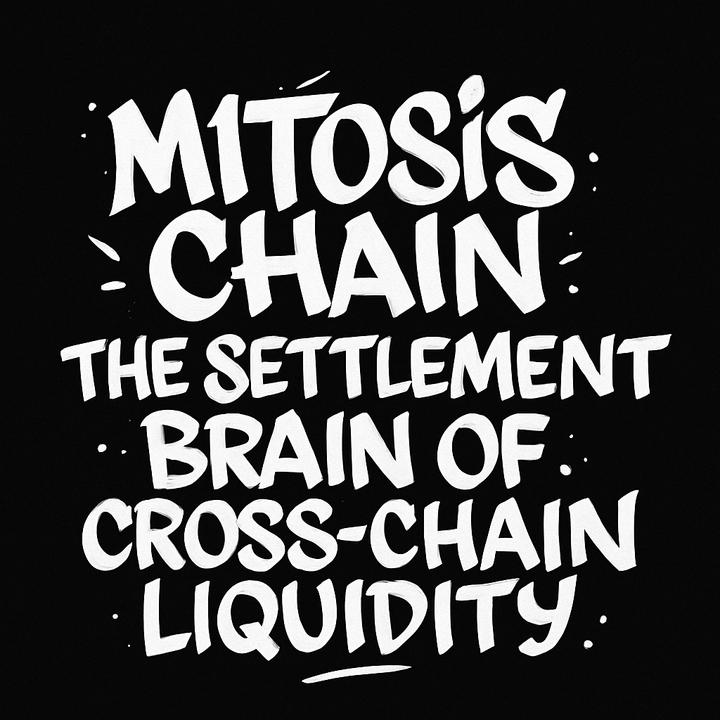Triangular Arbitrage in the Cryptocurrency Market: Profits, Risks, and Strategies

Cryptocurrency trading has gained significant popularity in recent years, offering numerous opportunities for investors to make substantial profits. However, the volatility of the crypto markets and liquidity differences have prompted traders to adopt various strategies for earning profits.
One such strategy is triangular arbitrage. Triangular arbitrage is a complex trading method aimed at exploiting price discrepancies in the market to generate profit. In this article, we will explore what triangular arbitrage is, how it works, its advantages, disadvantages, and how it can be utilized in the cryptocurrency market.
What is Triangular Arbitrage?
Triangular arbitrage is a strategy that seeks to generate profit by exploiting price differences between three different assets (typically cryptocurrencies). In this strategy, an investor exchanges a particular asset for another, then exchanges the second asset for a third.
Finally, the third asset is exchanged back for the original asset. If the price differences between these transactions are correctly analyzed, a profit can be made. For instance, in a triangular transaction between Bitcoin (BTC), Ethereum (ETH), and Tether (USDT), it is possible to take advantage of the price discrepancies.

How Does Triangular Arbitrage Work?
To identify triangular arbitrage opportunities, traders often monitor price differences between different exchanges. For example, an investor may buy Bitcoin for 50,000 USDT. Then, the investor exchanges this Bitcoin for Ethereum, and finally, the Ether is exchanged back for USDT. If the amount of USDT received at the end of the transaction is greater than the initial amount invested, this constitutes an arbitrage opportunity.
However, such opportunities are typically short-lived. The volatility of the crypto markets can cause prices to change within seconds. As a result, triangular arbitrage transactions need to be executed quickly.
Benefits of Triangular Arbitrage
- Financial Opportunities
Triangular arbitrage can provide profits that would be impossible to achieve with trades in a single exchange. By taking advantage of price discrepancies, traders can earn profits through multiple transactions. This is particularly attractive in volatile markets like cryptocurrency. - Reduced Risk
Since triangular arbitrage involves investing in multiple asset classes, risk diversification is possible. By trading different assets, investors become less sensitive to price movements. - Increased Market Liquidity
Triangular arbitrage transactions usually require high trading volumes. This can help increase market liquidity, which typically leads to reduced volatility and lower slippage risk. - Market Efficiency
Arbitrage transactions help correct price imbalances in the market, promoting a more balanced and efficient market.
Disadvantages of Triangular Arbitrage
- Slippage Risk
Cryptocurrency markets can change prices rapidly, increasing the risk of slippage during triangular arbitrage. Slippage refers to the price difference between an asset's purchase and sale, which can significantly reduce an investor’s profits. - Timing Issues
Triangular arbitrage is highly time-sensitive. Prices can change suddenly during a transaction, leading to losses or missed profits for traders. - Liquidity Issues
At times, there may not be sufficient liquidity in the markets. If an asset doesn't trade at the desired price level, the triangular arbitrage strategy may fail, resulting in losses for the investor. - High Transaction Costs
Triangular arbitrage typically requires trading across multiple exchanges, which can lead to higher transaction fees. These high fees can erode the profits earned from arbitrage.

Risk Management in Triangular Arbitrage Strategies
Triangular arbitrage can be a high-risk strategy. Traders should carefully manage risk when employing this method. Transaction costs, slippage risk, and market volatility need to be considered, and each step should be planned meticulously.
Additionally, automated trading bots are often used to gain speed and minimize errors in these types of trades. These bots can quickly detect price discrepancies and execute trades automatically.
Conclusion: The Future of Triangular Arbitrage
With advancements in technology and the evolution of financial markets, triangular arbitrage has become increasingly popular. However, the growing number of investors using this strategy has increased competition, making it more difficult to generate profits.
Furthermore, the volatility of the crypto markets can shorten the lifespan of arbitrage opportunities. Investors adopting this strategy will need to adapt quickly to stay successful.
Closing Thoughts
Triangular arbitrage can be an attractive strategy for experienced traders. However, such transactions are complex and risky. Beginners are advised not to attempt triangular arbitrage without sufficient knowledge and experience. For the strategy to succeed, speed, accurate analysis, and solid risk management are essential



Comments ()